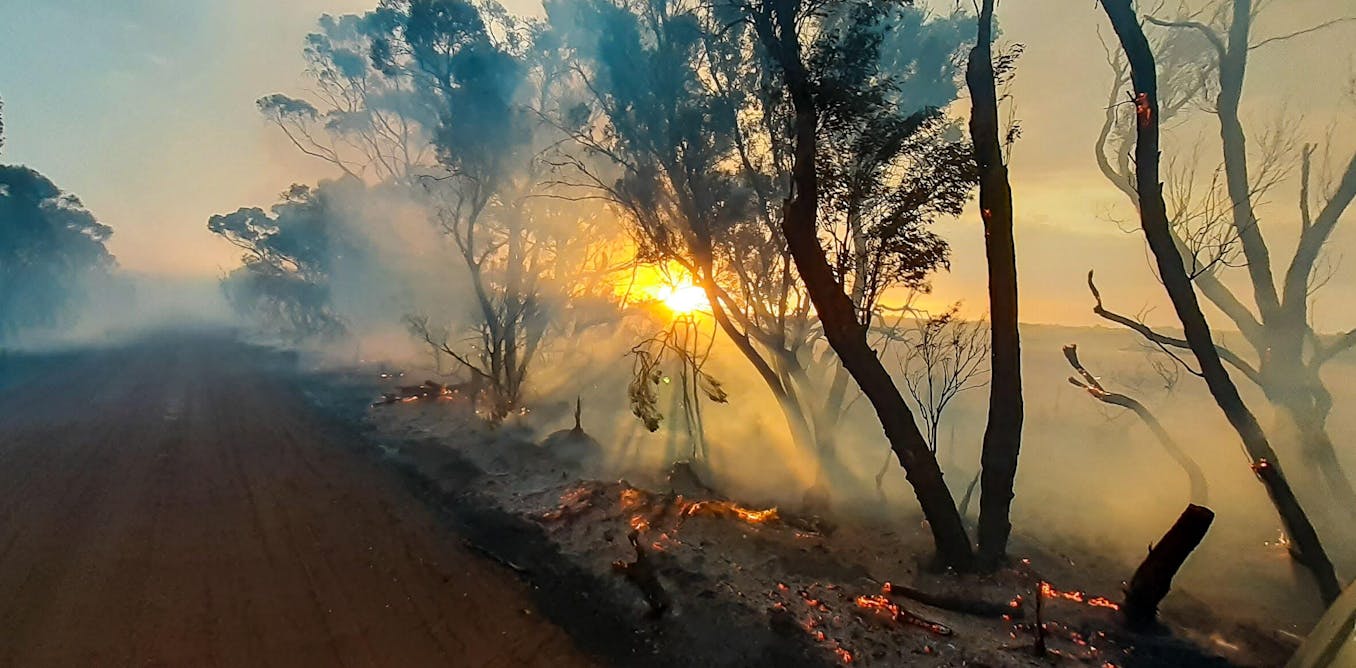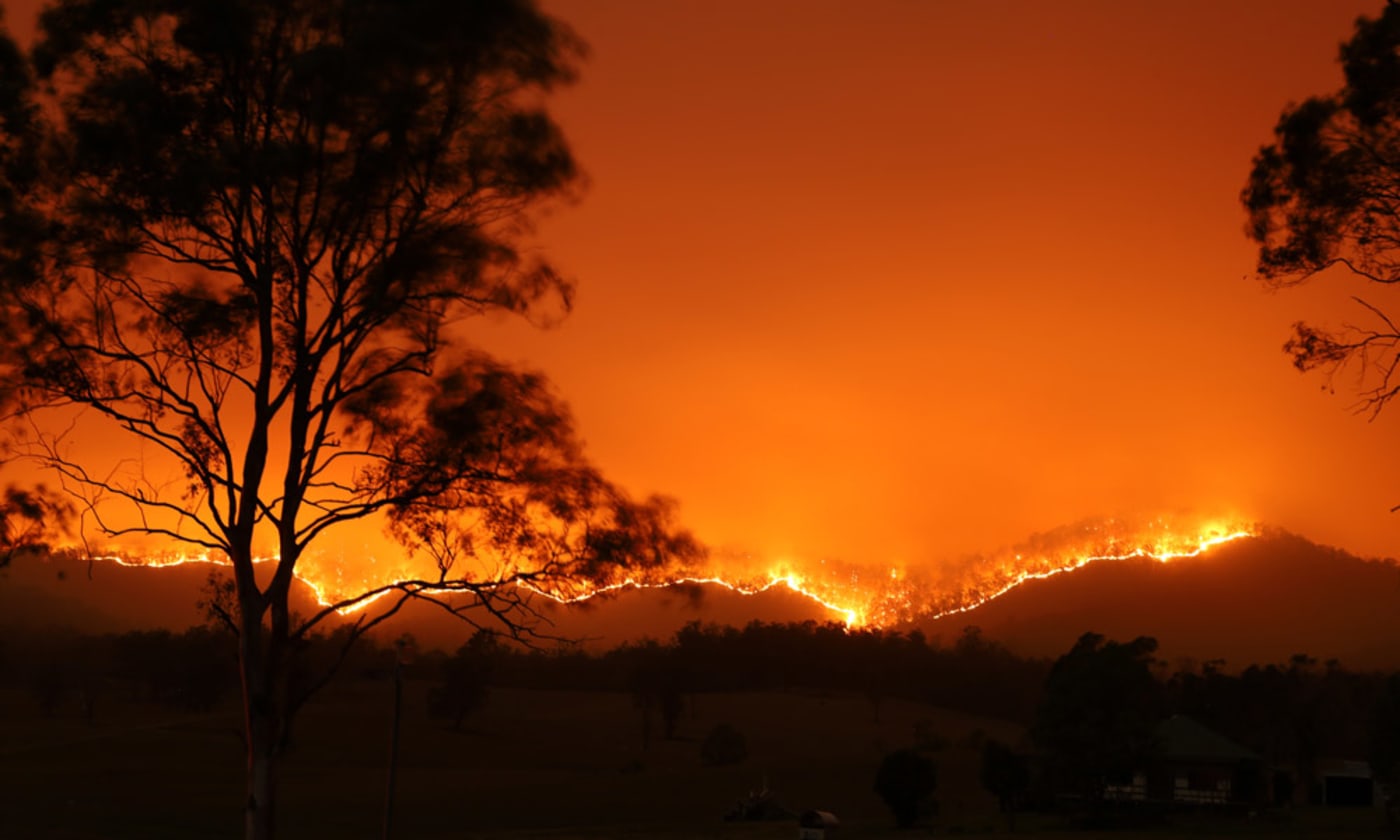Professional Suggestions on Bushfire Administration for Enhanced Fire Security
In the realm of bushfire management, the significance of expert suggestions can not be overstated. With the increasing frequency and severity of wildfires, it is imperative to look for advice from those skilled in the details of fire habits and mitigation approaches. From comprehending the subtleties of bushfire behavior to implementing useful steps such as firebreaks and defensible spaces, there exists a riches of understanding that can dramatically improve fire defense initiatives. Nonetheless, the vital exists not only in the individual parts of fire management but additionally in their natural integration into a comprehensive approach. By diving right into the know-how offered in the complying with discussion, a more clear course towards bolstered fire defense can be illuminated.
Comprehending Bushfire Habits
To successfully minimize the impact and take care of of bushfires, it is vital to have an extensive understanding of bushfire actions. Bushfires are complex all-natural phenomena affected by numerous factors such as weather, topography, fuel lots, and human tasks. Comprehending exactly how these aspects engage is vital in predicting the habits of a bushfire, enabling far better preparation and feedback techniques.
One secret facet of bushfire actions is fire spread. This incorporates the price at which a fire advancements, the direction it takes, and the strength of the flames. By researching previous fire occurrences and evaluating fire patterns, experts can anticipate how a bushfire could advance under details conditions. BAL Report. This expertise is critical in devising emptying plans, allocating firefighting sources efficiently, and executing threat decrease procedures.
Additionally, understanding cinder strike, identifying, and fire whirls is vital in comprehending the full extent of bushfire behavior. Coal can take a trip cross countries in advance of the fire front, stiring up place fires and presenting a considerable risk to buildings. Fire tries, on the various other hand, can produce irregular fire behavior, making the fire management procedure a lot more difficult. By diving right into these ins and outs of bushfire actions, authorities can improve their preparedness and action capabilities, eventually reducing the influence of these harmful occasions.
Implementing Firebreaks and Defensible Areas
Recognizing bushfire habits is fundamental for efficiently implementing firebreaks and developing defensible rooms to enhance fire security. Preserving these firebreaks through routine cleaning of particles and plants is essential to guarantee their effectiveness throughout a bushfire occasion.

Effectively implementing firebreaks and defensible spaces needs careful preparation, regular upkeep, and community cooperation to make sure the highest degree of fire protection for buildings and find out lives in bushfire-prone areas.
Utilizing Early Warning Solutions
Deploying innovative early caution systems is necessary for timely discovery and notifying of prospective bushfire dangers. By using innovative technologies such as satellite tracking, weather condition sensors, and thermal imaging, authorities can effectively check fire-prone areas and identify ignition sources at the earliest stages. These systems can offer real-time information on fire instructions, strength, and behavior, allowing for punctual decision-making and fast release of firefighting sources to the impacted areas.
Early caution systems also play an essential function in informing locals and neighborhoods about approaching bushfire threats. Via automated sirens, text signals, telephone call, and social media sites notices, individuals can be quickly educated regarding evacuation orders, secure sanctuary places, and emergency procedures. This positive technique not only conserves lives however also minimizes property damage by making sure that individuals have adequate time to evacuate and secure their homes.
Developing Emptying Strategies
Reliable discharge strategies are crucial for guaranteeing the safety of residents in bushfire-prone locations. Creating well-balanced evacuation methods is critical in mitigating the dangers posed by bushfires and protecting human life. These plans must be thorough, taking right into account numerous variables such as the topography of the location, the density of plants, and you can check here the likely rate and direction of the fire's spread.
When developing emptying strategies, it is necessary to establish clear emptying courses and setting up points where locals can collect safely. These paths ought to be consistently kept to guarantee access throughout emergencies. Additionally, communication methods have to remain in place to alert residents of imminent danger and provide clear instructions on emptying procedures.
Collaboration in between regional authorities, emergency services, and neighborhood members is vital in establishing effective evacuation plans. When a bushfire intimidates the area, normal drills and workouts ought to be performed to acquaint citizens with the treatments and make certain a swift and organized discharge (BMP). By focusing on the growth of robust evacuation strategies, communities can enhance their strength to bushfire emergencies and lower the potential effect on lives and homes

Taking Part In Area Readiness
In the world of bushfire monitoring, fostering neighborhood readiness plays a pivotal function in strengthening the strength of locals residing in high-risk areas. Involving in neighborhood preparedness includes educating homeowners on bushfire threats, promoting fire safety techniques, and developing emergency plans jointly. By proactively involving the community in preparedness initiatives, people become more educated and equipped to take positive procedures to guard their lives and buildings during bushfire incidents.
Community readiness campaigns frequently include conducting fire drills, developing communication networks, and organizing training sessions on fire reductions strategies. Additionally, urging collaboration among next-door neighbors to produce a natural assistance system can considerably boost the overall readiness degree of a neighborhood. When residents are educated and furnished to respond successfully to bushfires, the chance of minimizing damages and making certain safety and security rises significantly.
Conclusion
To conclude, effective bushfire management requires a thorough understanding of fire actions, the application of firebreaks and defensible areas, the use of early caution systems, the development of discharge plans, and neighborhood involvement in preparedness initiatives. By integrating these strategies, areas can improve their fire defense actions and reduce the effect of bushfires on both property and lives. Bushfire Risk. It is essential for all stakeholders to collaborate to develop a more secure environment when faced with this all-natural disaster
To efficiently reduce the influence and handle of bushfires, it is necessary to have a detailed understanding of bushfire why not try here actions. By researching past fire occurrences and assessing fire patterns, professionals can expect exactly how a bushfire may advance under details problems.Comprehending bushfire behavior is fundamental for efficiently carrying out firebreaks and producing defensible areas to enhance fire security. Involving in neighborhood readiness involves educating homeowners on bushfire risks, promoting fire safety methods, and establishing emergency situation strategies collectively.In final thought, reliable bushfire management requires a thorough understanding of fire actions, the execution of firebreaks and defensible rooms, the usage of early caution systems, the development of evacuation plans, and community interaction in readiness initiatives.